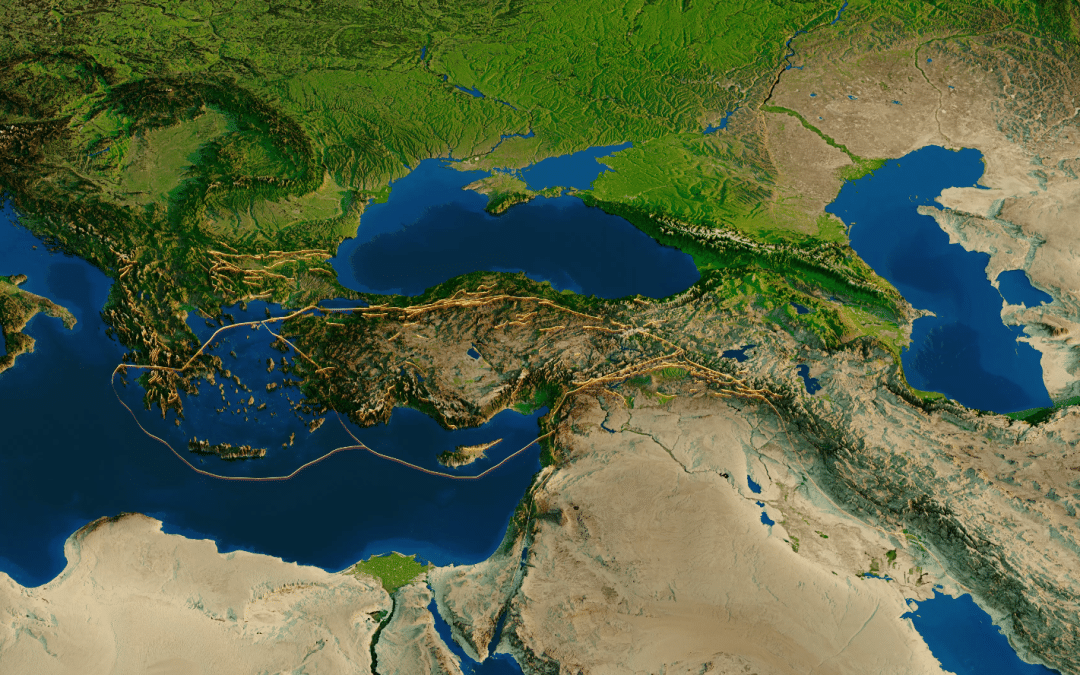Seismicity in the Iraq-Iran region is significantly influenced by the complex tectonic interactions involving several major and minor tectonic plates, primarily the Arabian Plate, the Eurasian Plate, and the smaller Anatolian Plate. The collision and interaction of these plates create a highly seismically active environment. Here are the key factors that define seismicity in this area:
Arabian Plate Dynamics: The northward movement of the Arabian Plate towards the Eurasian Plate is a major factor in regional seismicity. This tectonic motion leads to compressional forces and significant crustal deformation along their boundary.
Zagros Fold and Thrust Belt: One of the most seismically active areas in this region is the Zagros Fold and Thrust Belt, which stretches across Iran and into Iraq. This area experiences large earthquakes and frequent seismic activity due to the ongoing collision between the Arabian and Eurasian Plate.
Bitlis-Zagros Suture Zone: This major suture zone is a complex area where the Arabian Plate subducts beneath the Eurasian Plate. The intense geological activity here contributes to significant seismic hazards.
Active Fault Lines: Several active fault lines, such as the Main Recent Fault and other smaller faults within the Zagros mountain range, are responsible for many regional earthquakes. These faults result from the tectonic stresses of the plates pushing against one another.
Historical Seismicity: The region has a history of devastating earthquakes, which have influenced urban development and disaster management strategies. Historical events provide valuable data for understanding seismic patterns and risks.
Intraplate Earthquakes: While much of the seismic activity is related to plate boundaries, intraplate earthquakes within the Arabian and Eurasian plates are also caused by stresses distributed across the plate interiors.
Socioeconomic Impact: Given the dense population in some parts of this region, particularly in cities like Tehran, Tabriz, and Baghdad, the potential for catastrophic earthquake damage is a major concern. This necessitates effective urban planning, strict building codes, and comprehensive disaster preparedness.
These factors make the Iraq-Iran region highly susceptible to earthquakes, requiring significant attention to seismic risk reduction and disaster response planning.

